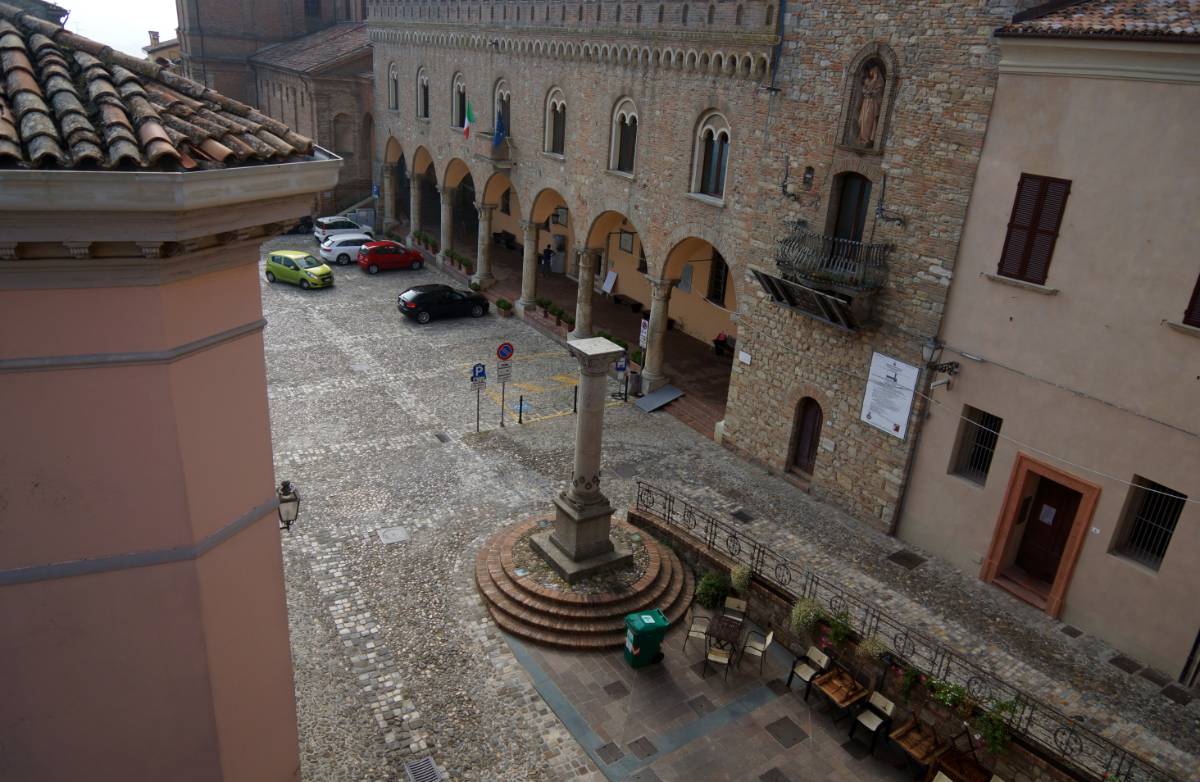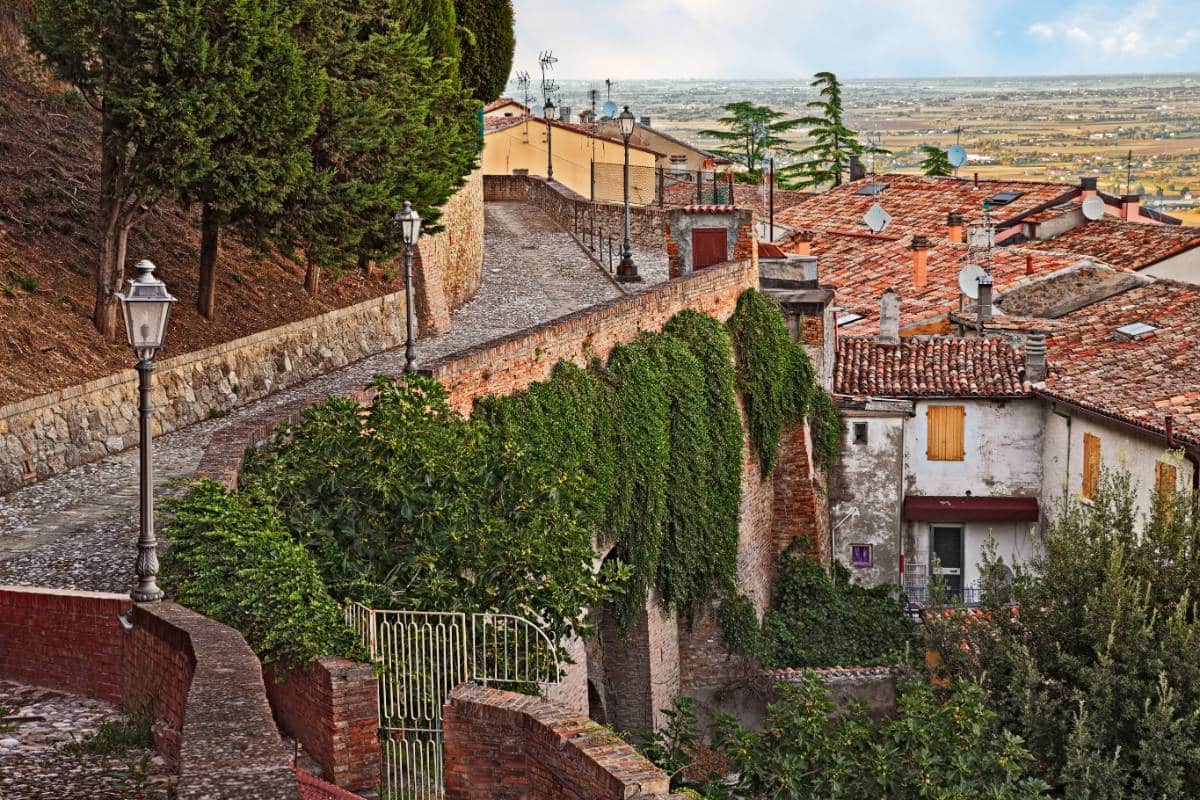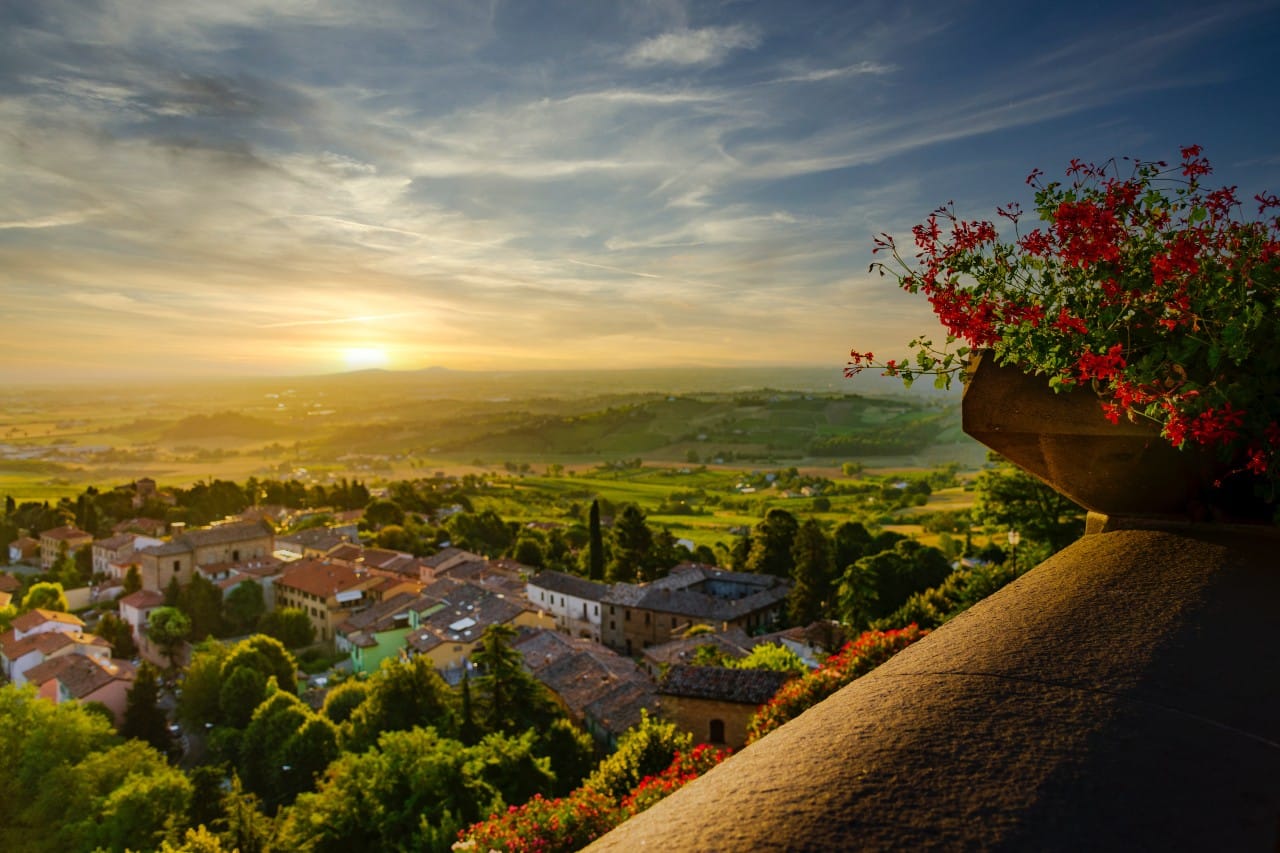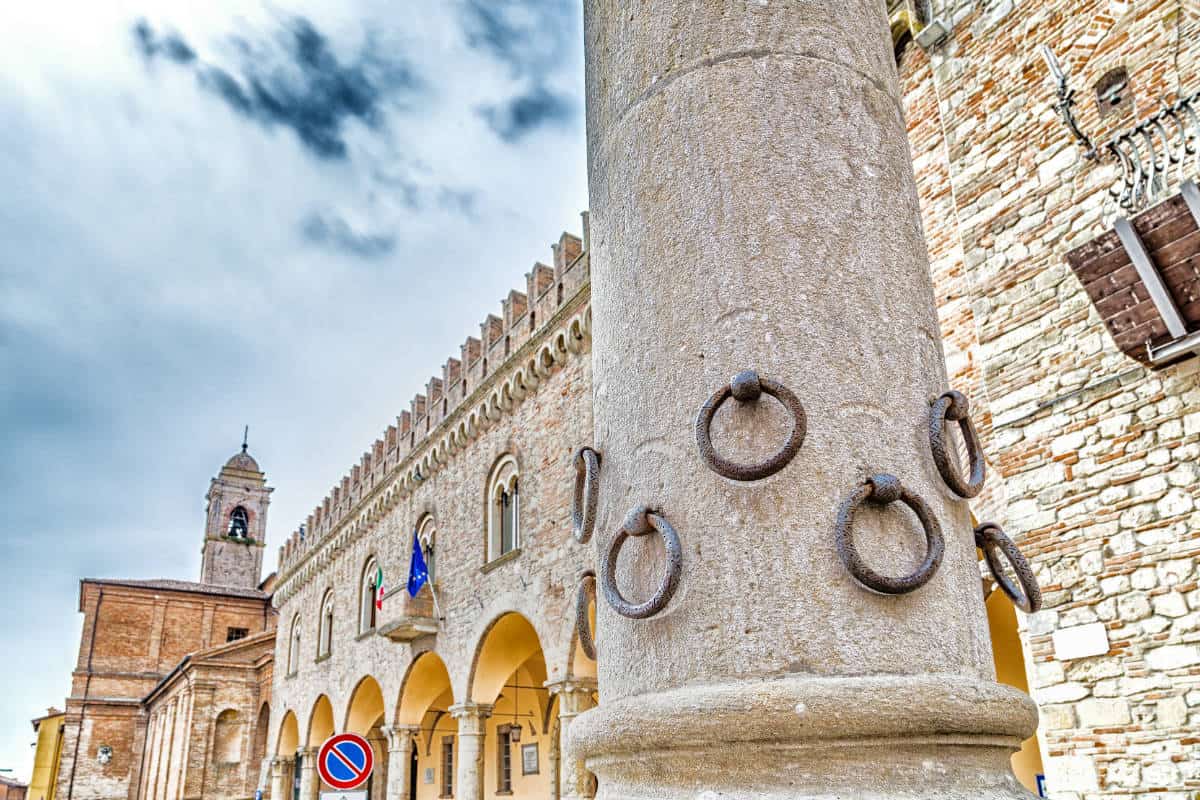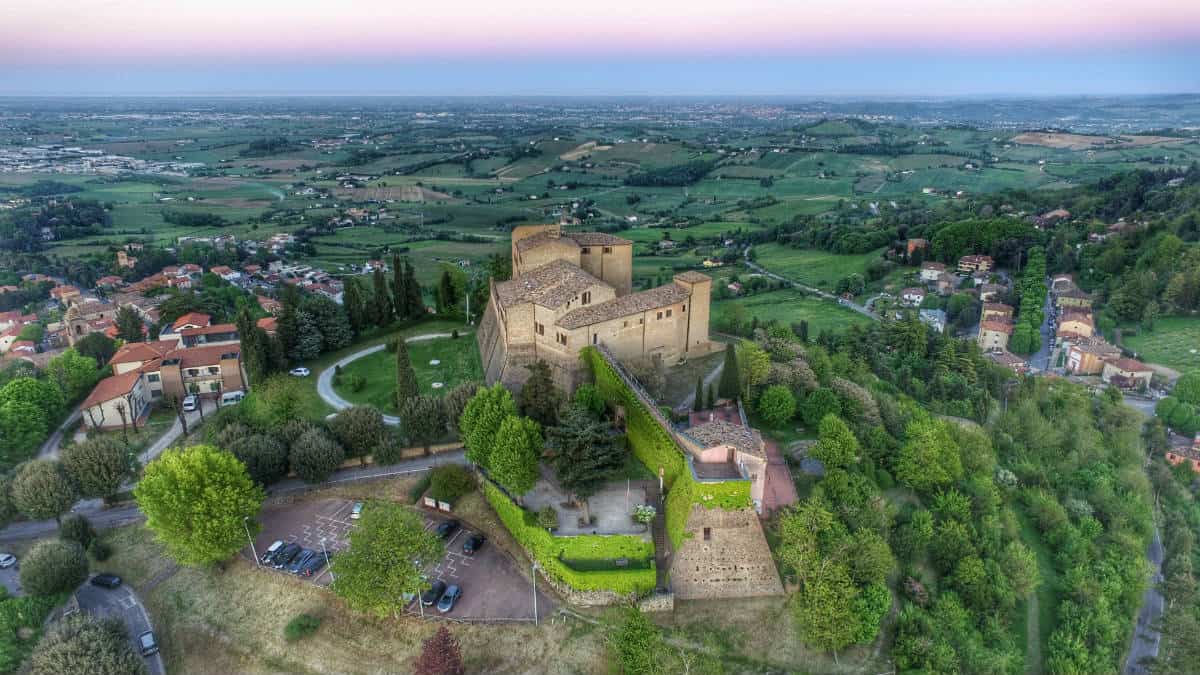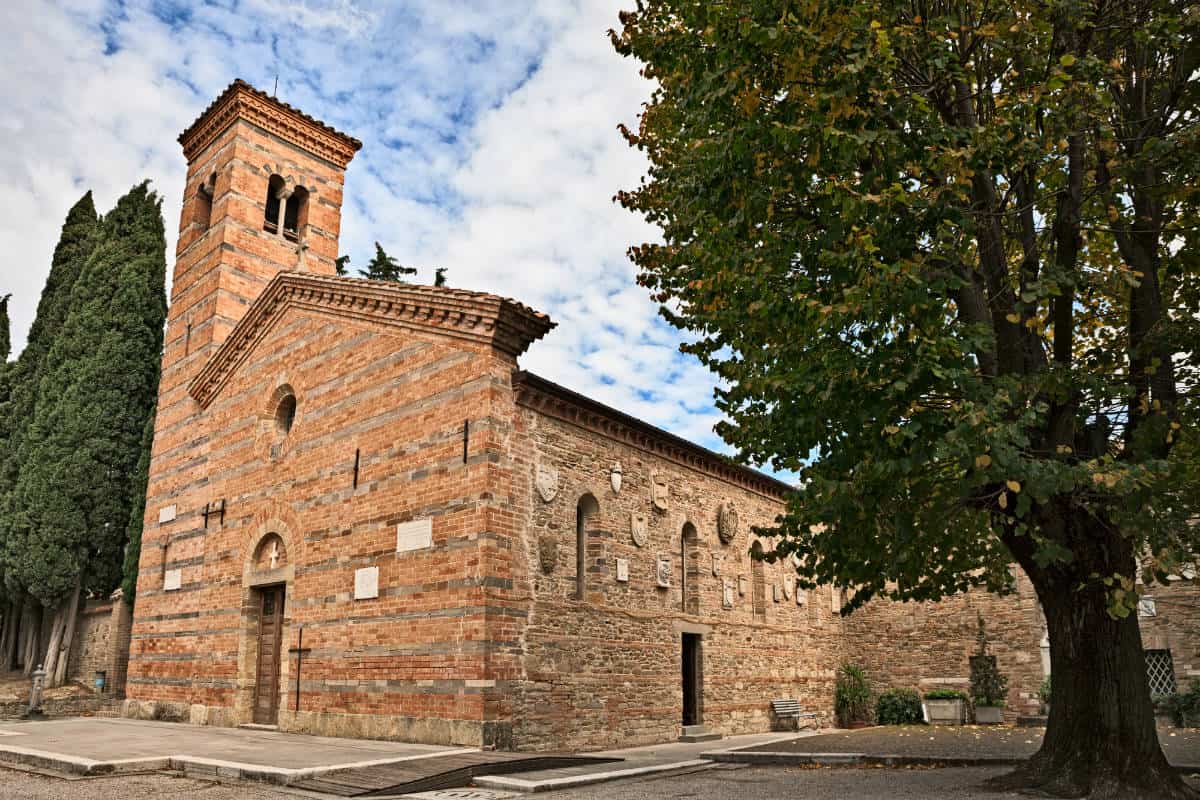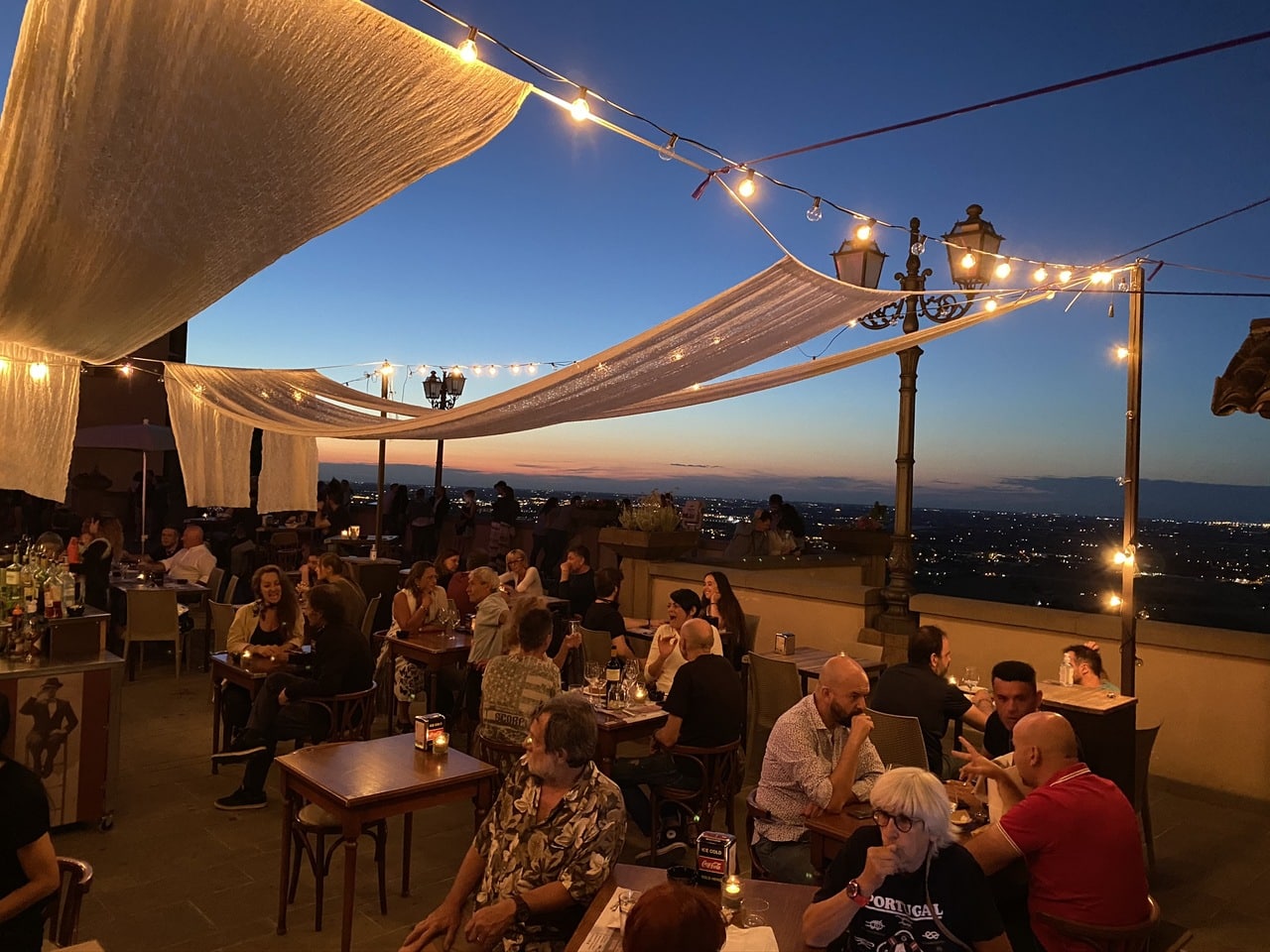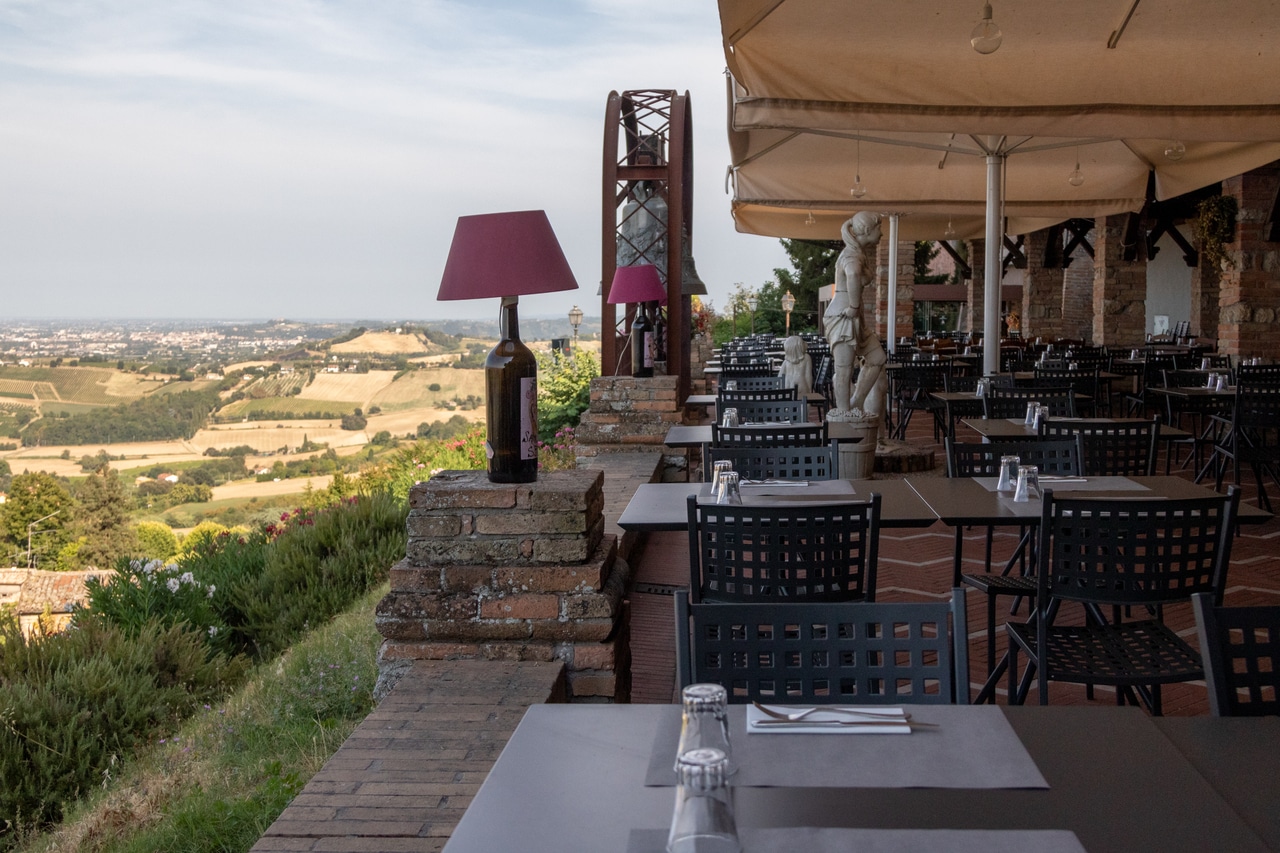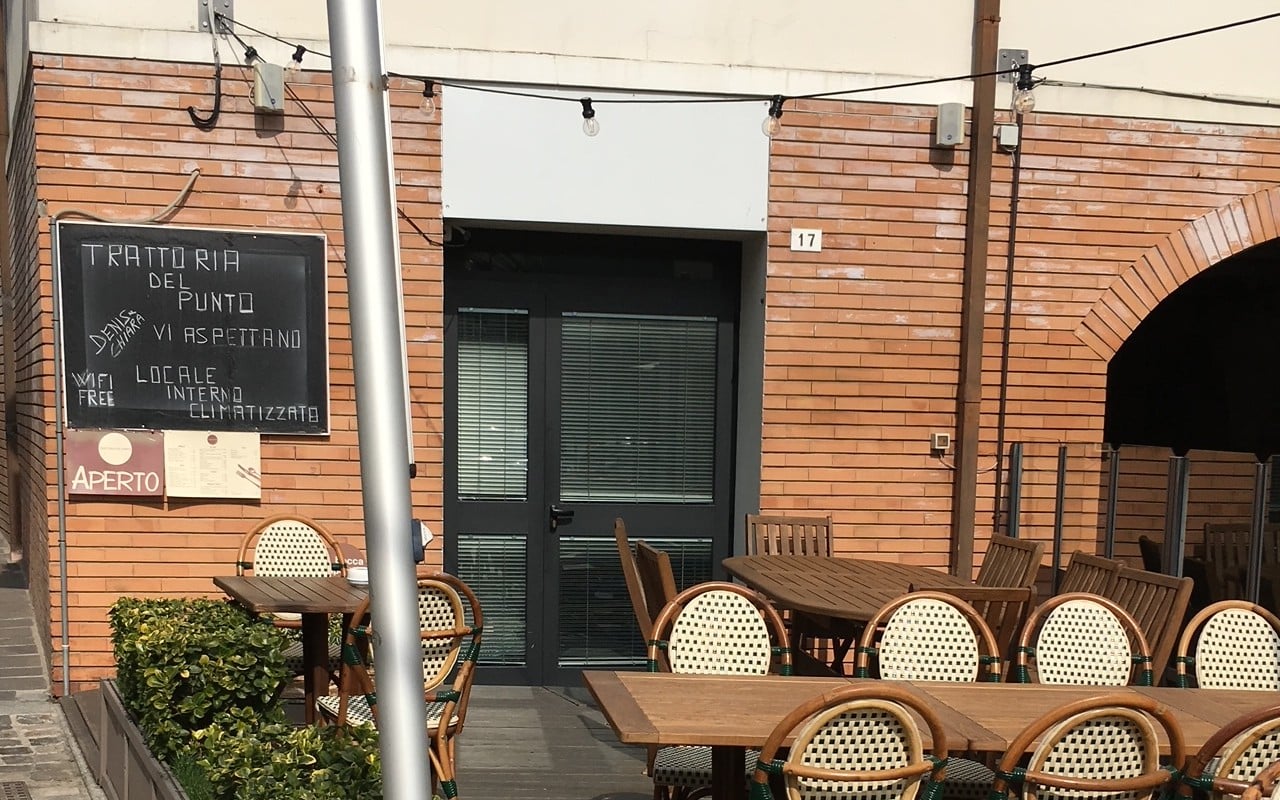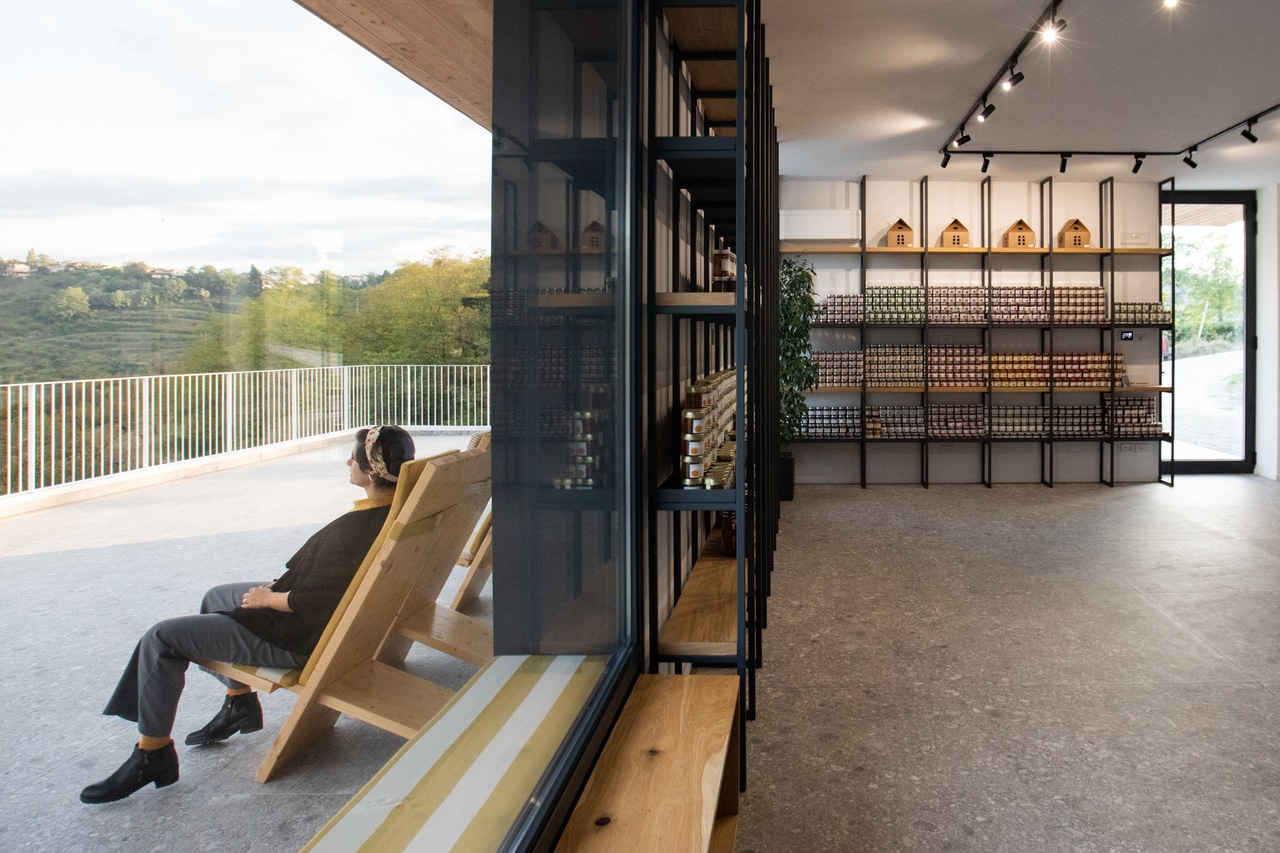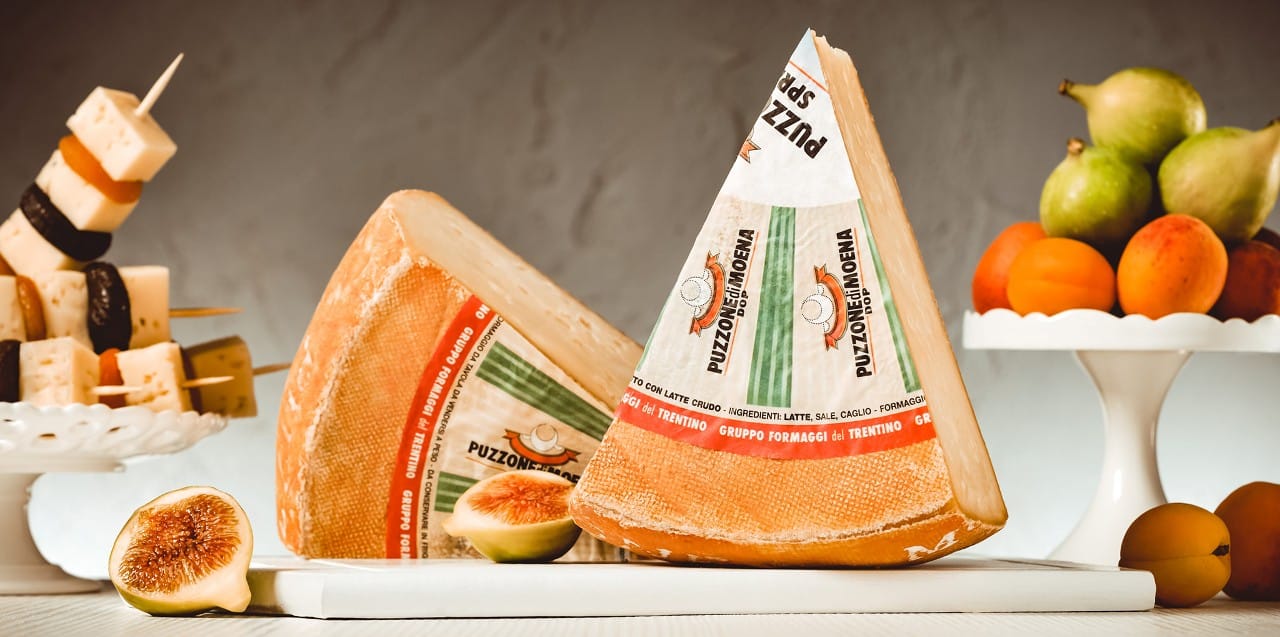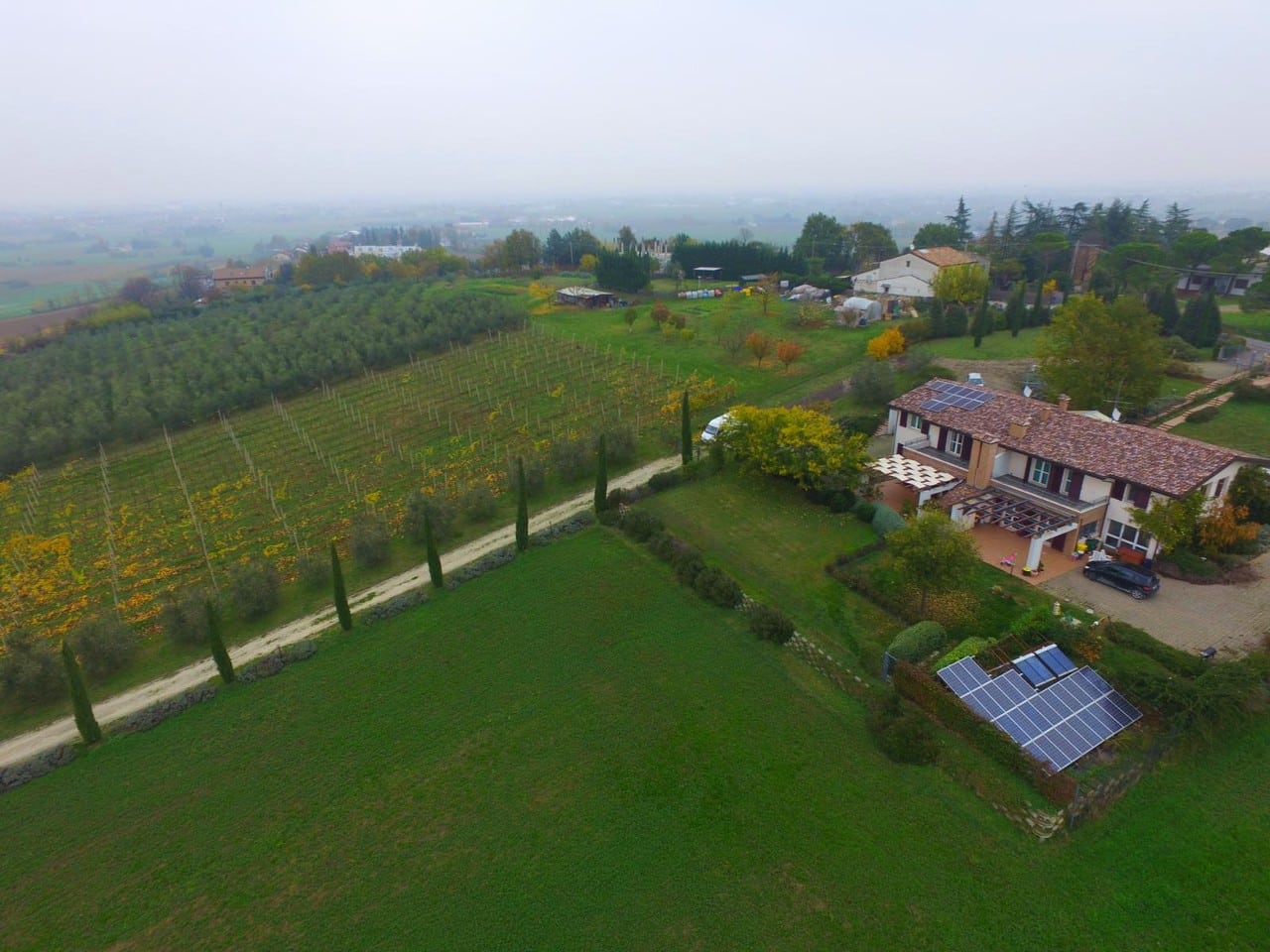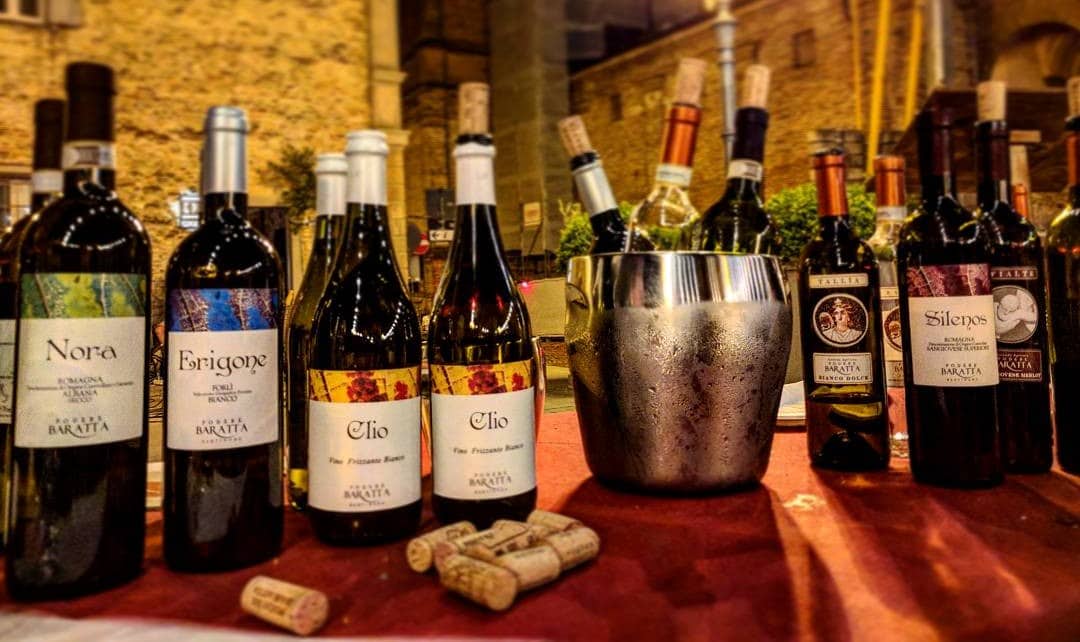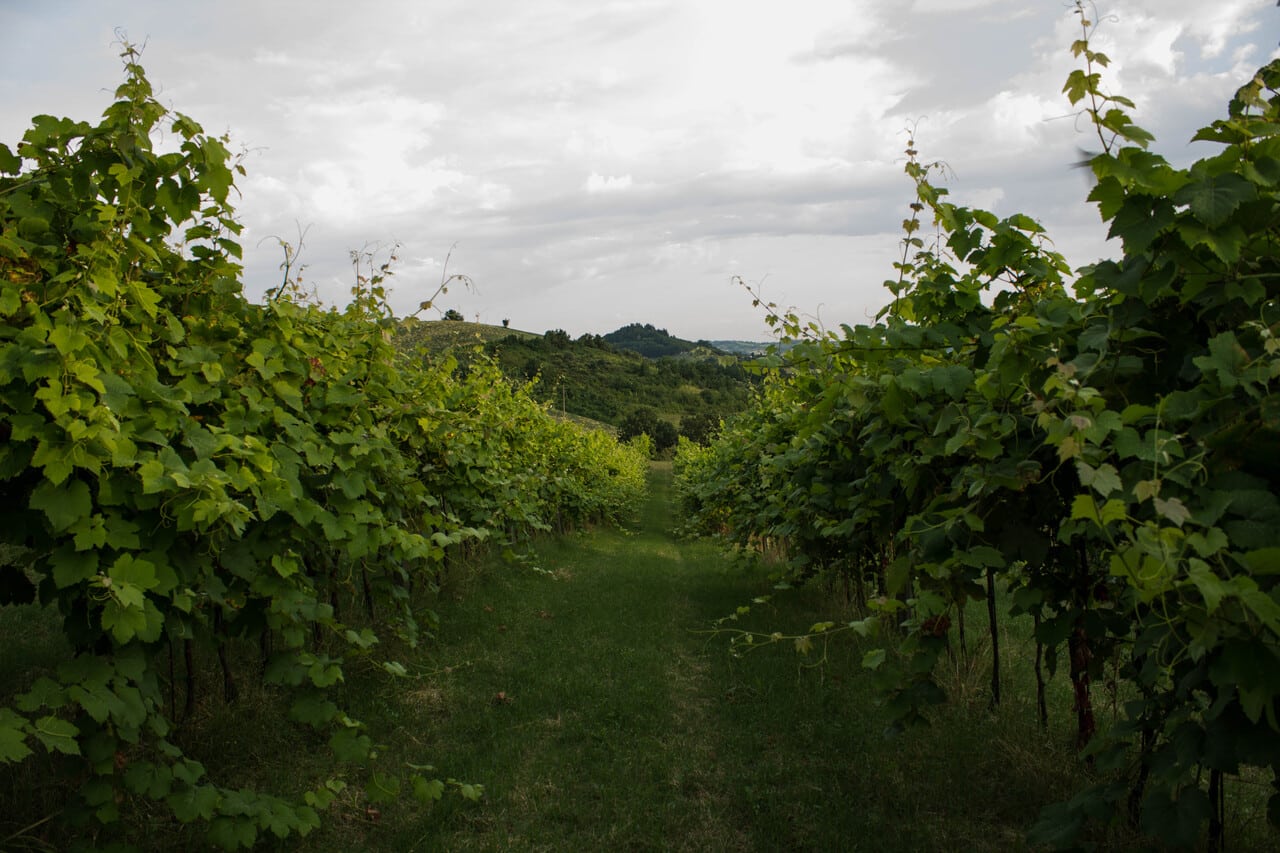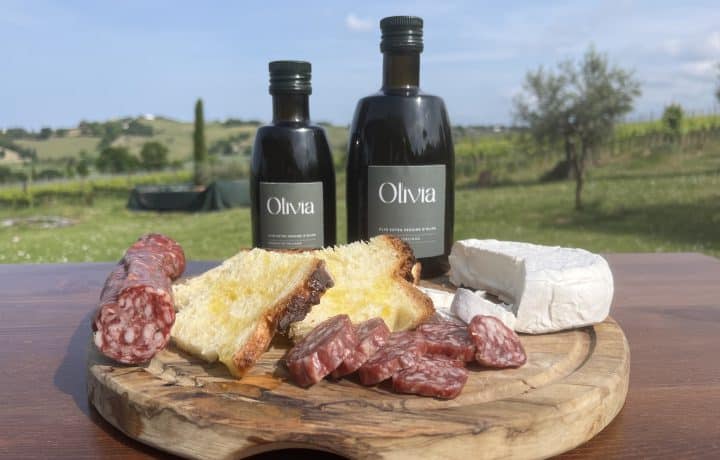Bertinoro, part of the Authentic Villages of Italy, is located on the hills of Romagna a few kilometers from the Via Emila, on the top of Mount Cesubeo.
Considering the splendid panoramic view that you can enjoy from Bertinoro, it is also defined as Balcony of Romagna.
Of medieval origin, the citadel is rich in walls, towers and ancient houses.
According to a legend, it would seem that Galla Placidia, daughter of the Emperor Theodosius, passing through these places, tasted a wine served in a humble cup,and said: «Wine, not so crude chalice you are worthy of, but of drinking you in gold», hence the name of the city.
The origins of the village are very likely dating back to prehistoric times, thanks to the discovery of the remains of a well, in the locality of Panighina, about two kilometers from the center of Bertinoro.
Among the remains, bowls and other objects that testify some cults related to healing waters stand out. In the High Middle Ages the peaks of Mount Cesubeo and Monte Maggio were equipped with a defensive fortification.
During the reign of Otto III, the archbishop of Ravenna, whose influence reached these lands, ordered the demolition of the fortress of Monte Maggio, obliging its inhabitants to move to the Castrum Cesubeum, which later became Castrum Brittinori.
In the millennial fortress on Mount Cesubeo, emperor Federico Barbarossa stayed in 1177 with his court and his militia, which then became a bishop's seat from 1584.
Even today the defensive structure keeps its medieval aspect well preserved. Inside there are the offices and apartments of the ancient bishop's residence, a large terrace facing the village and the great seventeenth-century room decorated with Baroque frescoes.
Today the Rocca houses also the University Residential Center of the Alma Mater Studiorum in Bologna and the Interreligious Museum.
Bertinoro is the "City of hospitality" par excellence, thanks to the tradition of the Column of the twelve rings and, thanks to its wines, it has the recognition of "City of Wine". The cooking is full of first courses created by the hands of the sfogline, who work the dough with a rolling pin. Freshly prepared, in the various kiosks of the town, is piadina, a typical bread from Romagna.


